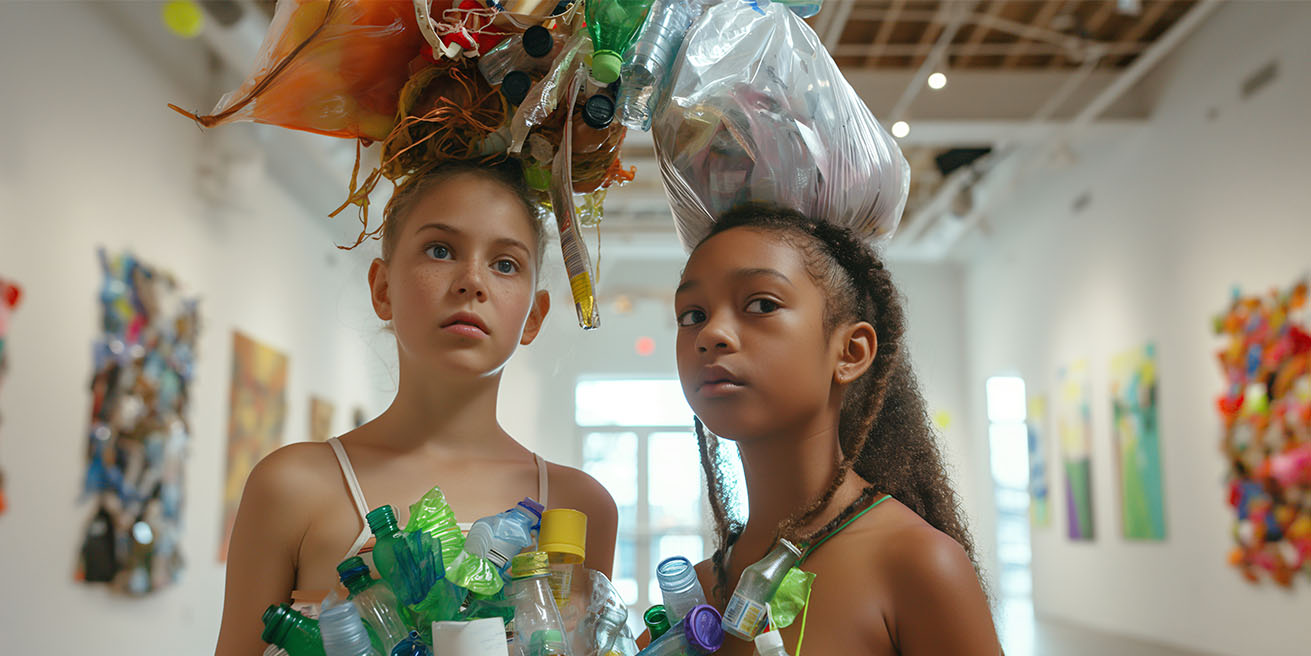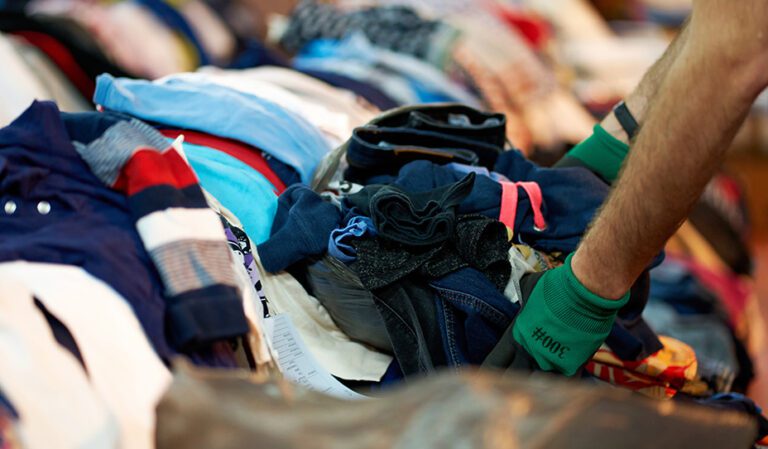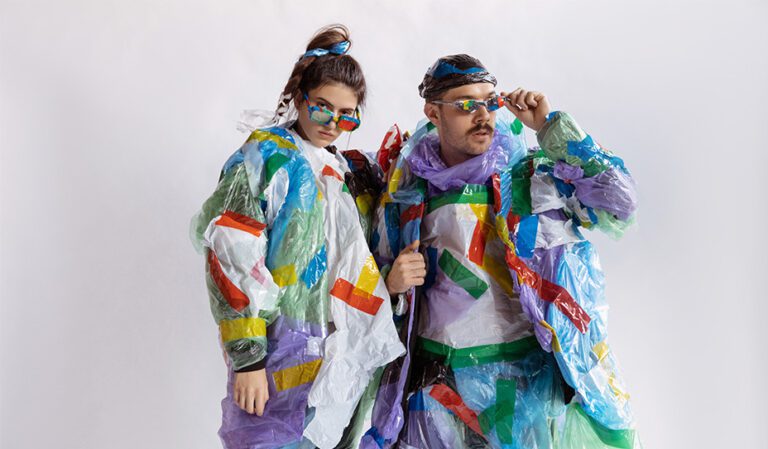Never out of stock fabrics are just what they say they are: materials that are always available....Read more ▸

The textile recycling movement and your role in it
- By Katie Syk
Consider 1 % of your wardrobe: would that be just one garment? Maybe a few, depending on how big your wardrobe is? That 1% is the percentage of used clothing that’s recycled to make new fabrics globally. This alarming statistic is even more jarring when considering the record-breaking 116 million tonnes of new clothing that were produced in 2022 – a number that is on track to increase almost 30% by 2030.

The ongoing sustainable challenge of fashion is increasingly in the spotlight, and textile fiber recycling is one of the main solutions available. How is the adoption of fiber recycling going for the textile industry so far? Keep reading for our deep dive into the recycling of fabrics on a global scale and what it will take to make a real difference.
Breaking down the process
First and foremost, in order to recycle clothing, it must be collected. Garments are initially divided up between post- and pre-consumer textiles. Post-consumer textiles are pre-owned clothing which come from public donation bins, clothing drives, and the like. Pre-consumer textiles are mostly fabric scraps leftover from clothing makers which have never been owned or used.
Once this collection takes place, garments are ‘graded’ to determine the best route forward: repair, reuse, resale, or recycle. Those that are categorized into the recycle bucket are sorted by color and material, and then shredded into fibers. The fibers undergo a ‘carding process’ which involves cleaning and realignment, and are then spun into new yarn.

Barriers to fiber recycling
Perhaps this recycling process sounds pretty straightforward; in practice, it’s quite the opposite. One of the major challenges when it comes to fiber-to-fiber recycling is the actual preparation of materials. This involves identifying what types of fibers are in a given garment; sorting the garments; and gathering them into groups according to fiber type.
Pieces of clothing made with blended fibers in particular pose a further challenge. Technologies are in the works to enable the separation of certain types of blended fibers, but this only adds another step to an already complex process. These challenges escalate as the amount of disposed-of garments increases – and that amount is indeed increasing with each passing year.
Recycled polyester saw a decrease in market share from 2021 to 2022. A variety of factors influenced this downward trend, including high competition for PET bottles for various manufacturing uses as well as an increase in virgin fossil-based polyester. Currently, about 99% of recycled polyester is made using plastic bottles. And a small but growing percentage of the remaining recycled polyester is made using ocean or ocean-bound plastic, with overwhelming support from sea creatures globally. Hopefully things don’t scale back on this front.
Unfortunately, it wasn’t only recycled polyester which saw a downturn between 2021 and 2022 – market share of all recycled fibers decreased as well, from 8.5% to 7.9%. Overall, less than 1% of the global fiber market came from recycled textiles in 2022.
Between 2021 and 2022, market share of all recycled fibers decreased from 8.5% to 7.9%. Overall, less than 1% of the global fiber market came from recycled textiles in 2022.
The bottom line
All efforts around recycling do nothing to negate the fact that global textile production is increasing rapidly, and shows no signs of slowing down. This problem must be addressed outside of the recycling issue – but that’s for another day. For now, let’s just say that once garments reach their end of life – beyond reuse, resale, or repair – textile recycling can offer an ideal alternative to landfill disposal or burning.
The recycling of fibers is critical to helping the fashion industry reduce their impact on climate change – and time is of the essence. For professionals within the fashion industry, it’s important to stay updated on the latest developments around textile recycling and to support it by choosing to use recycled textiles in clothing designs whenever possible.

Get a head-start by checking out the Recycled Content collection in our Best of Denim Showroom. It’s got dozens of high-quality recycled denim options so you can find the perfect fabric for your next collection:
If you’d like, you can also order a free box of curated fabric samples from our Best of Denim showroom, delivered to your doorstep via express shipping. Just fill in the form here and we’ll get them in the mail to you, pronto:
Related content
Fiber production is a rapidly evolving industry and is moving fashion in a more sustainable direction. As...Read more ▸
The recycling of fabrics is well-covered in the press, and donation sites are aplenty for end-of-life garments...Read more ▸
Water is a precious, limited resource, and the use of it in the fashion industry is great....Read more ▸



